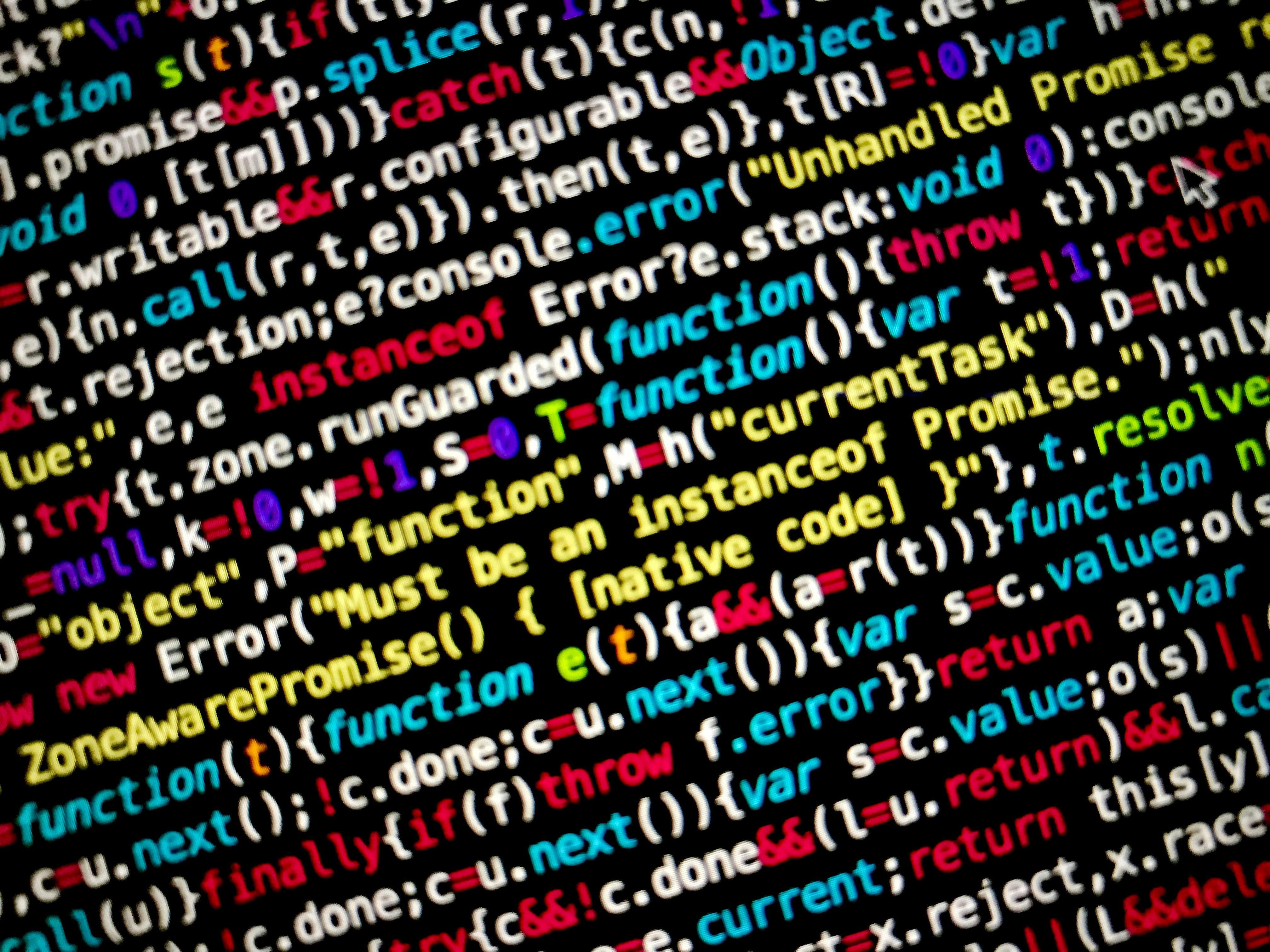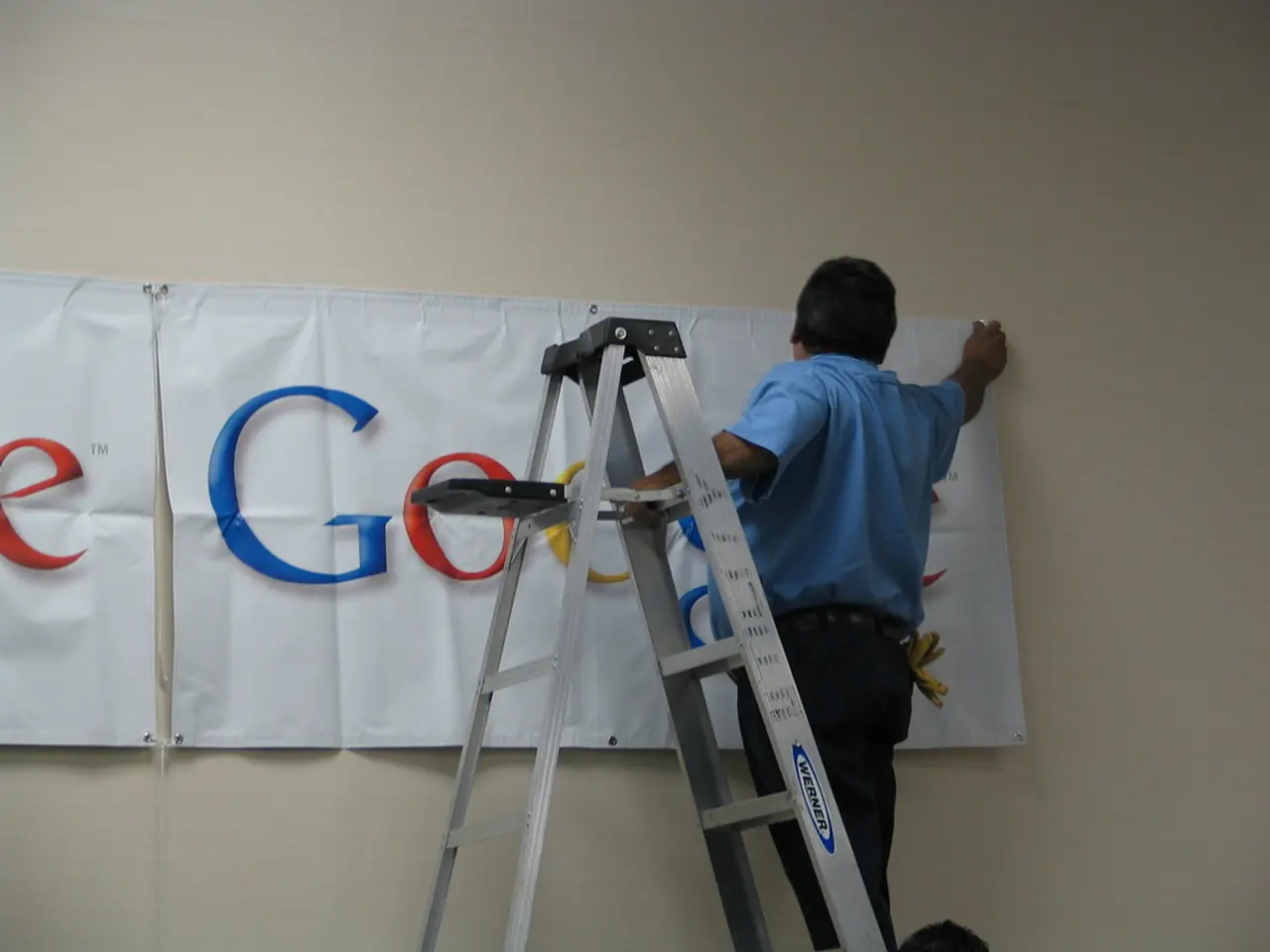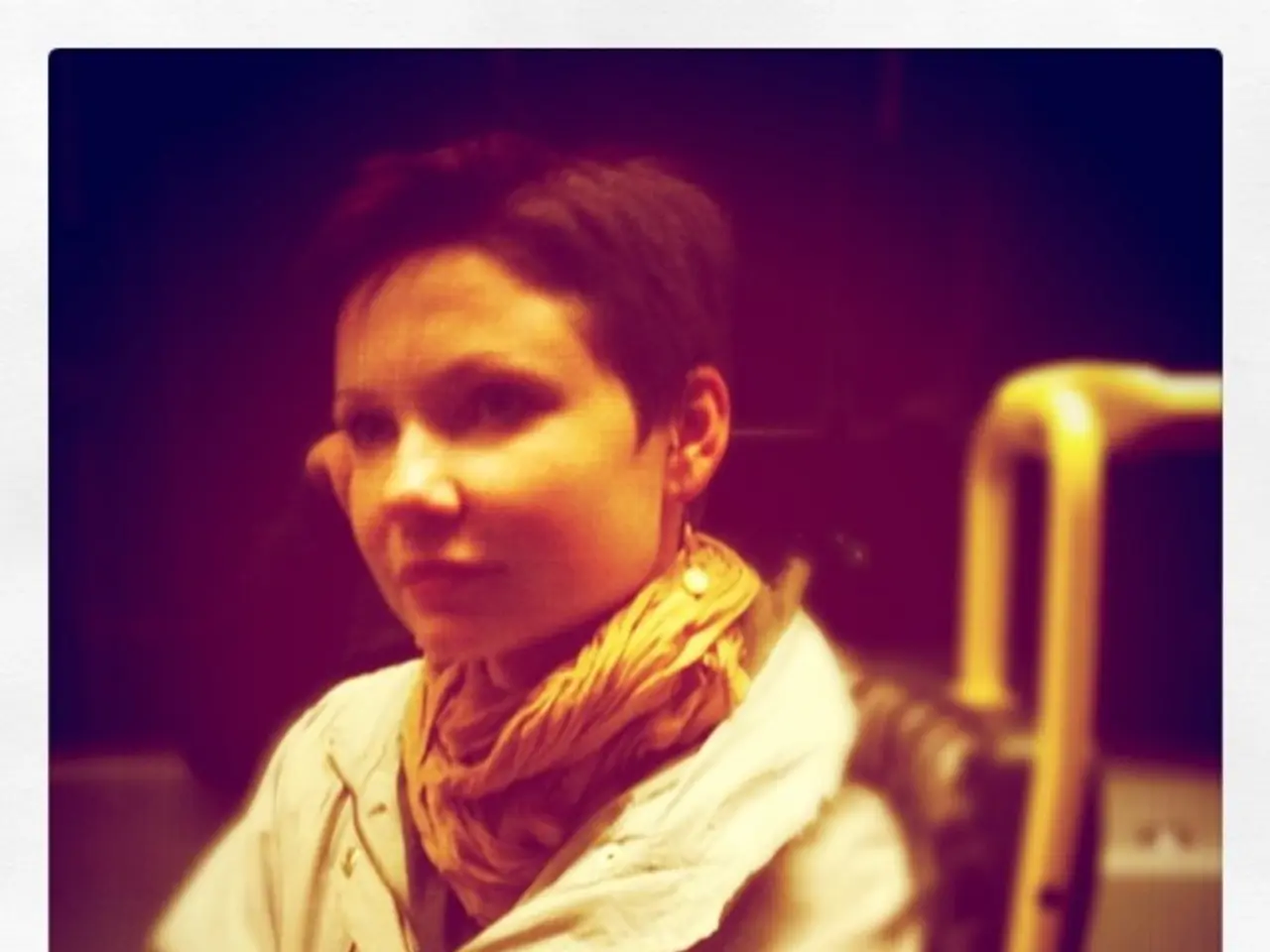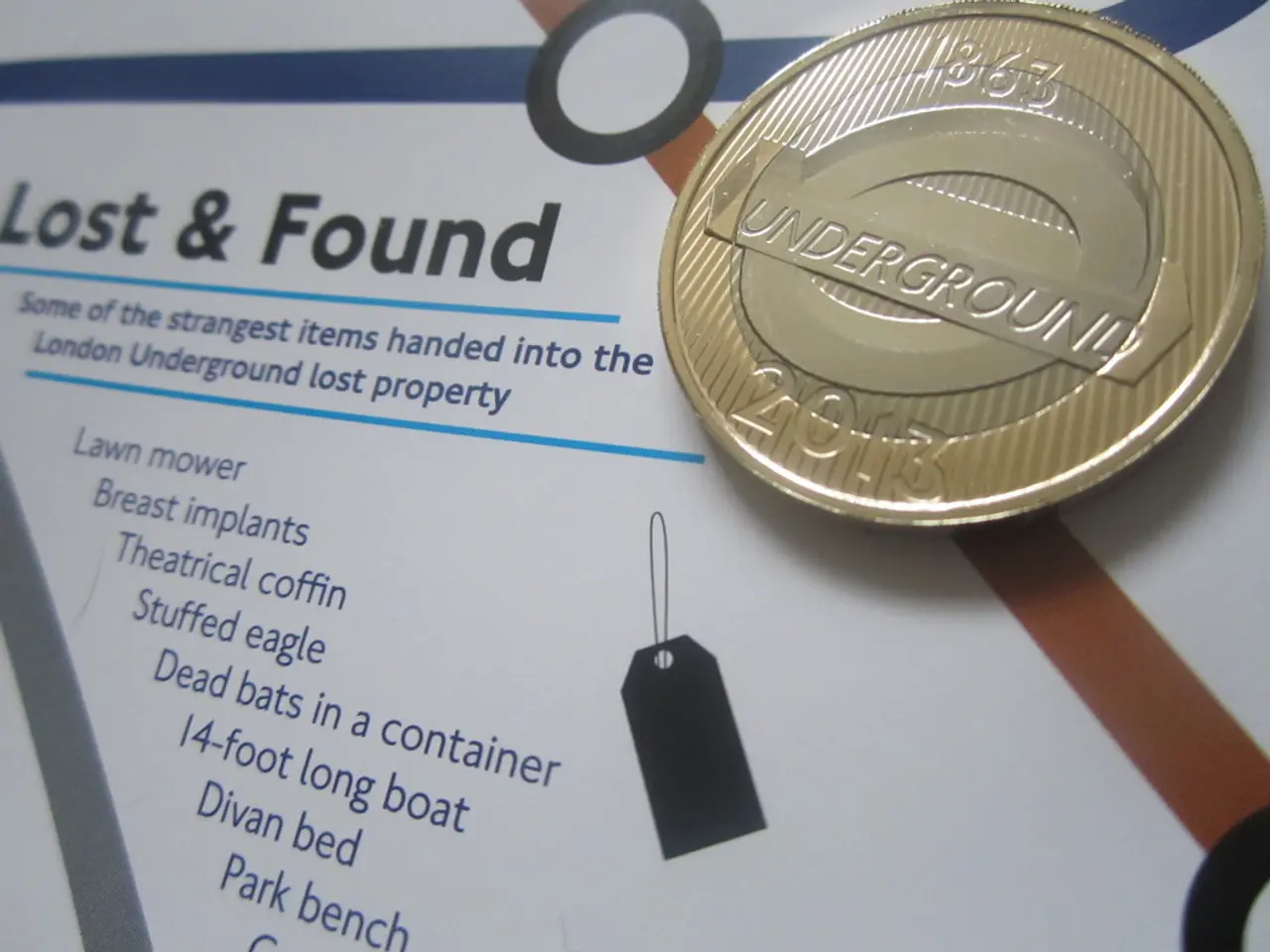Deepfake Menace in the Judicial System: Impersonation, False Evidence, and the Looming Peril to Legal Integrity
In the modern digital era, the application of Artificial Intelligence (AI) has emerged as a powerful tool and an evolving concern. While AI holds promise for enhanced efficiency, advanced data analysis, and predictive modeling, its potential implications are being scrutinized, particularly in the domain of criminal justice. One of the most vocal critics of AI's impact on justice is veteran defense attorney Jerry Buting, who rose to national prominence as a defense lawyer in the Making a Murderer Netflix docuseries. Buting has raised a significant alarm bell over the emergence of deepfake technologies, which advance with unprecedented speed and pose a threat to the fair legal process.
At the heart of the controversy lie deepfakes—highly realistic, yet synthetic, videos, images, or audio recordings created by AI. When fake evidence outweighs the credibility of real footage, trust in the justice system could be eroded.
Deepfakes utilize advanced methods such as generative adversarial networks (GANs) to create convincing media artifacts. By merging two neural networks, these systems can generate video recordings showing people enacting actions they never performed, mimic a person's voice with uncanny accuracy, or forge photographs placing individuals in compromising situations.
The potential consequences of such deception are significant. Altered CCTV footage could mislead authorities into wrongly placing a suspect at a crime scene; fabricated confessions or witness testimonies could potentially lead to wrongful convictions. With traditionally high public trust in audio and visual evidence, there is a genuine risk of miscarriage of justice without careful forensic examination.
Speaking at legal forums and public engagements, Buting warns that traditional courtroom procedures might struggle to handle AI-generated deception effectively. The legal system, designed to rely on physical evidence, human witnesses, and cross-examination, may need to evolve significantly to adapt to a world where even video and audio evidence could be fundamentally flawed.
"It used to be, if there was video evidence, that was the gold standard. Now, we have to ask, 'Is this real?'" - Jerry Buting
The danger posed by these fakes is evident in increasing instances of deepfakes being used for political misinformation, online scams, and framing innocent individuals in fabricated acts. As these technologies become more accessible, the risk of their malicious or unintentional misuse grows.
Deepfakes also pose a challenge for our courts, particularly in regards to the role of video evidence in criminal trials. Authenticating digital files, relying on expert analysis, and educating juries about the limitations of digital evidence will become increasingly important. Case precedents do not yet exist, but it is only a matter of time before deepfakes take center stage in court proceedings.
The threat of deepfakes is not isolated to the United States either. Courts in India, the UK, Canada, and the EU are grappling with the challenge of verifying digital content's authenticity. Instances of deepfakes causing scandals, blackmail cases, and creating distrust in democratic institutions have already occurred across the world.
While AI presents a dual threat and an opportunity, finding the right balance is crucial. In law enforcement, AI can help verify media authenticity and manage digital case evidence. However, its potential to introduce falsehoods must be carefully considered and addressed to maintain the integrity of the justice system.
Ethical concerns arise as well, crying out for clear regulatory frameworks to govern the use of AI in criminal and civil trials. Questions about the admissibility of AI-generated evidence and the need for independent experts to certify the authenticity of these artifacts are high on the list of priorities. Organizations like the Electronic Frontier Foundation (EFF) and ACLU have called for concrete regulations to safeguard fair trials and public trust.
The convergence of law and technology is unavoidable. As deepfake technology becomes accessible to the public even through low-cost smartphone apps, the democratization of deception could undermine not just high-profile criminal cases, but also civil disputes and elections.
Jerry Buting's warning is a call to action for the legal community. In order to ensure that AI serves justice rather than subverts it, investment in technological infrastructure, collaboration with AI researchers, and evolving legal frameworks are essential. Lawyers, judges, and law enforcement personnel must be trained to recognize deepfakes, request metadata analysis, and scrutinize suspect content. AI-driven detection tools can help identify fake media, while governments need to establish clear legal standards for digital evidence, chain-of-custody, digital watermarking, and authentication protocols. Public awareness campaigns about the risks and implications of deepfakes are also crucial in preserving the trust in the justice system.
In an era where seeing may no longer be believing, the legal system faces a pivotal moment. The ability to distinguish synthetic truth from real truth may soon determine the integrity of trials and the outcome of legal proceedings. The question remains: Will our legal systems be ready to adapt?
- Jerry Buting, a prominent defense attorney, has expressed concerns about deepfakes—synthetic videos, images, or audio recordings created by AI—and their potential impact on the fair legal process.
- Deepfakes, which utilize advanced methods like generative adversarial networks (GANs), pose challenges for court systems, particularly in authenticating digital files and educating juries about the limitations of digital evidence.
- Courts around the world, including those in the United States, India, the UK, Canada, and the EU, are grappling with the challenge of verifying digital content's authenticity, as instances of deepfakes causing scandals, blackmail cases, and eroding trust in democratic institutions have already occurred.







